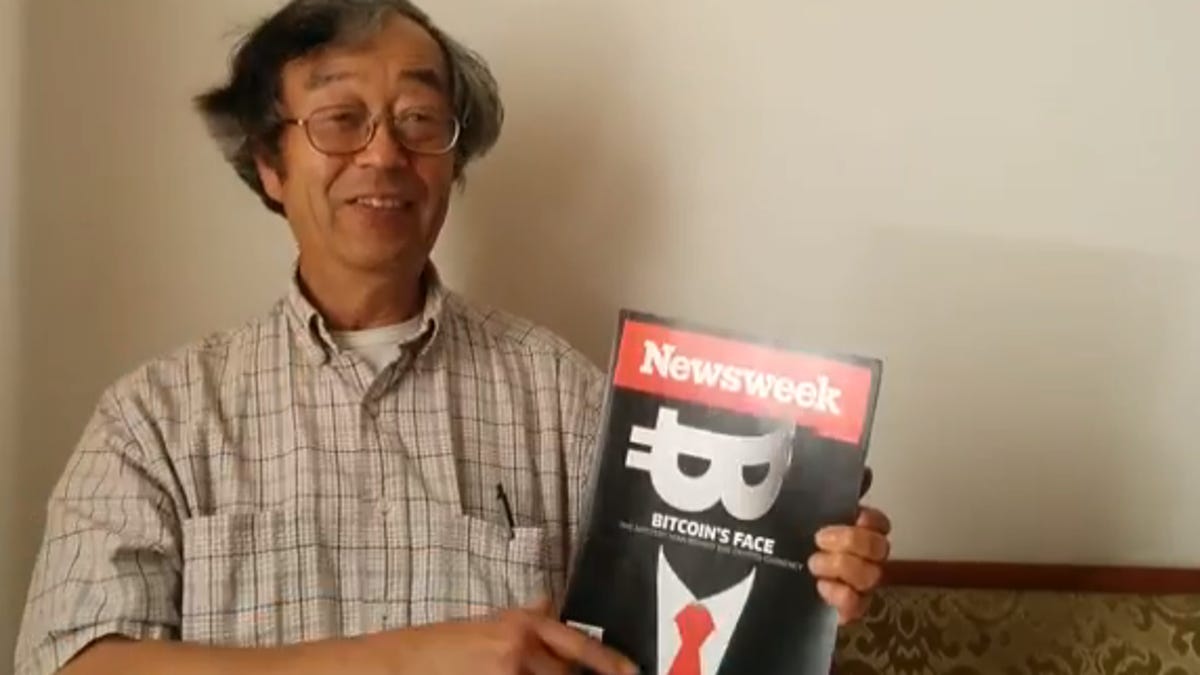Tags in this story
Pinning the Tail on Satoshi Nakamoto – How Journalists Misused Circumstances Over the Years to Identify Bitcoin’s Creator – Bitcoin News


The hunt for Satoshi Nakamoto, Bitcoin’s mysterious inventor, has been an ongoing hunt for the past 13 years. Since 2014, dozens of so-called candidates have emerged, but none of them have convinced the larger community that they are Bitcoin’s creator. Furthermore, journalists from publications such as Newsweek have pointed to a few specific individuals, and almost every one of them has denied playing a role in the creation of the world’s leading crypto asset. In October 2011, a journalist believed that he discovered Nakamoto’s identity, or felt that he provided enough compelling evidence about the discovery to suggest that the person he found may have created the first digital currency.
Putting the wrong face on the person behind Bitcoin
Over eight years ago, Newsweek journalist Leah McGrath Goodman published a story called “The Face Behind Bitcoin,” and in the article she claims that Satoshi Nakamoto was a retired physicist named Dorian Nakamoto. Despite Dorian’s initial denial, the Newsweek reporter published an exposé about Dorian’s life. She claimed that there were several similarities between Dorian and Bitcoin’s anonymous inventor.

Dorian was not happy with the revelation and he told the public that he felt victimized and highlighted that he misunderstood Goodman’s question. Bitcoiners weren’t too happy with Goodman’s Newsweek story, and the community supported Dorian’s victim commentary by tagging the Newsweek journalist doxxed Dorian by showing a photograph of his California home. Goodman received a lot of backlash for her story, but she wasn’t the only journalist trying to pin Nakamoto’s identity on a specific person.
“I’m not Satoshi – but even if I were, I wouldn’t tell you”
About two and a half years before Goodman’s expose of Dorian Nakamoto, a New Yorker reporter tried to do the same. On October 3, 2011, when bitcoin (BTC) was trading at $5.03 per unit, New Yorker’s Joshua Davis claimed to have discovered the mysterious inventor, and his name was Michael Clear.

Davis was first introduced to Clear when he attended the Crypto 2011 conference and began highlighting attendees who either lived in the UK or Ireland. Six of the cryptographers he highlighted all attended the University of Bristol, but when asked about their involvement with bitcoin, one of the cryptographers said:
It is not at all interesting to us.
Davis noted that Clear was a cryptography student from Trinity College in Dublin. Clear was awarded the top computer science undergraduate award at the college in 2008. Following the award, Clear went to work for Allied Irish Banks and published a paper on peer-to-peer (P2P) technology, and Davis noted that the paper was written in a British write an essay.
In 2011, Clear met with Davis during the reporter’s investigation, and he told the reporter that he liked to keep a low profile. Davis said the 23-year-old told him he had been programming since he was 10 and that the cryptographer was also very proficient in C++. Davis emphasized in his editorial that Clear was responsive and calm when asked about bitcoin.
“My area of focus right now is fully homomorphic encryption,” Clear told Davis. “I haven’t been following bitcoin lately.” Clear also told Davis that he would review the Bitcoin codebase, and in a later email, Clear insisted that he could “identify Satoshi.” Clear also said he thought it would be unfair to doxx Nakamoto after all the steps the inventor took to remain anonymous.
“But you may want to talk to a specific person who matches the author’s profile on many levels,” Clear said. The person Clear mentioned was a man named Vili Lehdonvirta, and he immediately denied any involvement in inventing Bitcoin. Davis then got back in touch with Clear and told him that “Lehdonvirta had turned down a convincing one.”
The New Yorker’s writer then asked Clear again if he was Satoshi Nakamoto. “I’m not Satoshi,” Clear replied. “But even if I was, I wouldn’t tell you.” Clear also added that it would be extremely difficult to take down bitcoin. “You can’t kill it,” Clear insisted. “Bitcoin would survive a nuclear attack.”
Three men and the encryption keys Patent created 72 hours before Bitcoin.org was registered
Despite the denial, Davis and the New Yorker decided to publish the piece on Michael Clear, and the story was picked up by a number of media outlets that year. Speaking to reporters from the publication irishcentral.com, Clear once again insisted he was not Nakamoto.
“My sense of humor when I said ‘even if I was I wouldn’t tell you’ is missing, this was said in jest,” Clear explained. “[I] thought it was funny that The New Yorker reporter thought I was Satoshi, but I have always (beyond conversational jokes like the quote above) vehemently denied it. I could never allow myself to take credit for other people’s creativity and hard work.”

The New Yorker’s article was one of the first times a journalist tried to pin someone’s identity to the creation of Bitcoin, but it wouldn’t be the last. Just one week later, the publication Fast Company and reporter Adam L. Penenberg published another Nakamoto story with a mystery angle.
Penenberg believed his evidence was more convincing, and he identified a patent created three days before bitcoin.org was registered called “Update and Distribution of Encryption Keys.” This was enough evidence for Penenberg to question the creators of the patent: Neal King, Vladimir Oksman and Charles Bry.
Like the New Yorker exposé, all three of the suspected individuals denied having anything to do with creating Bitcoin. Penenberg concluded that the point of his editorial was not to claim that Fast Company found Nakamoto, but to “show how circumstance, which is what the New Yorker based its conclusions on, is not synonymous with truth.”
Despite the fact that both of these editorials led to dead ends and rabbit holes that led nowhere, journalists in search of Nakamoto have tried with great effort to expose Bitcoin’s inventor and tell the world who this remarkable person really was. So far, none of the Satoshi Nakamoto exposés have revealed anything that even offers a closer look at Bitcoin’s inventor – just speculation and coincidences that have very little meaning.
What do you think of the first Satoshi Nakamoto exposé published by the New Yorker in October 2011? Let us know what you think about this topic in the comments section below.
Image credit: Shutterstock, Pixabay, Wiki Commons, US Patent #20100042841A1, Reddit,
Disclaimer: This article is for informational purposes only. It is not a direct offer or solicitation of an offer to buy or sell, or an endorsement or recommendation of products, services or companies. Bitcoin.com does not provide investment, tax, legal or accounting advice. Neither the company nor the author is directly or indirectly responsible for damages or losses caused or alleged to be caused by or in connection with the use of or reliance on content, goods or services mentioned in this article.

























